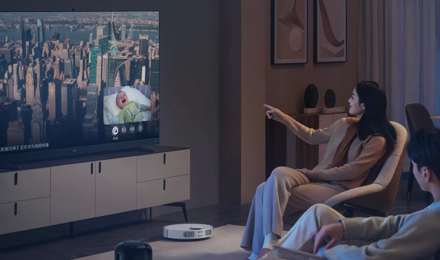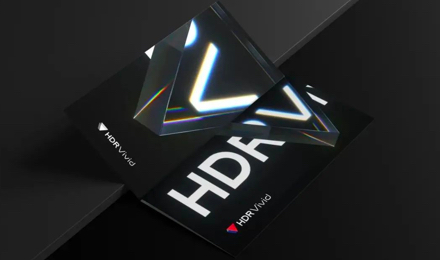Back
- Applications
- Products
- Support
- About HiSilicon
No Result

A set-top box (STB) is a media device that is connected to a TV, and decodes audio and video signals which are sent to the TV, and compensate for the TV's own data processing and app extension shortcomings. There are currently two types of STBs on the market: Internet Protocol Television (IPTV) STBs and over-the-top (OTT) STBs. IPTV STBs provide live streaming services via a carrier-controlled private network, whereas OTT STBs do so through the public Internet. Due to various restrictions, OTT STBs are only able to provide live streaming service once a third-party app is installed. STBs consist of logical modules, such as those related to network connections, digital signal processing, and video signal output. As artificial intelligence (AI) and the Internet of Things (IoT) have emerged as mainstream technologies, STB functions have evolved, from simply decoding audio and video to gradually encompassing all major smart home features, including camera capabilities, ultra-high definition (UHD) encoding/decoding, access technologies like WiFi and Bluetooth, premium audio playback, and local video display. This has also posed major challenges for STB development.
The smart STB market places greater demand on functions that transcend mere audio and video decoding and signal output.
Smart STBs must provide resource collection and sorting, user identification, and intelligent display capabilities to cater to different user preferences.
Today's smart STBs must connect and interact with smart home devices in a natural way, providing users with efficient and intelligent controls.
Recent years have seen online videos become a major cultural phenomenon, with a diverse range of attractive content — including short videos and live streaming becoming more accessible than ever before. With such a wide variety of content and varying daily routines, it has gotten increasingly difficult to satisfy the entertainment needs of an entire household with just a single TV screen. The intelligent STB has emerged as an elegant solution. By integrating premium audio and video output devices, it's now able to provide consumers with highly convenient and versatile playback modes. HiSilicon launched its first STB SoC in 2007. Over the past decade, HiSilicon and its partners have blazed a trail in fields like HD, intelligence and 4K/8K technology. Hundreds of millions of STBs based on HiSilicon SoCs have since been brought online. In addition to providing high-quality audio and video services for consumers, these STBs also represent highly reliable and easy-to-manage solutions, which are capable of serving multiple carriers.
HiSilicon STB SoC series provides industry-leading picture quality enhancement, and reliable system performance.
Embedded high-performance CPUs, GPUs, NPUs, ISPs, and DSPs power smart home controls.
Smart STBs are able to collect and sort audio, video, and news resources from the Internet, and offer personalized recommendations.
Smart STBs facilitate collaboration between smart appliances, far-field and near-field voice technologies, as well as cameras and sensors featuring motion capture and posture recognition.

8K: A New Era of Smart Home Interactions

UHD | China's HDR Vivid Unveiled, and Soon to be Deployed
Apr 09, 2021
Feb 01, 2021
Dec 04, 2020
Nov 03, 2020
Jul 13, 2020
May 17, 2020
This site uses cookies. By continuing to browse the site you are agreeing to our use of cookies. Read our privacy policy